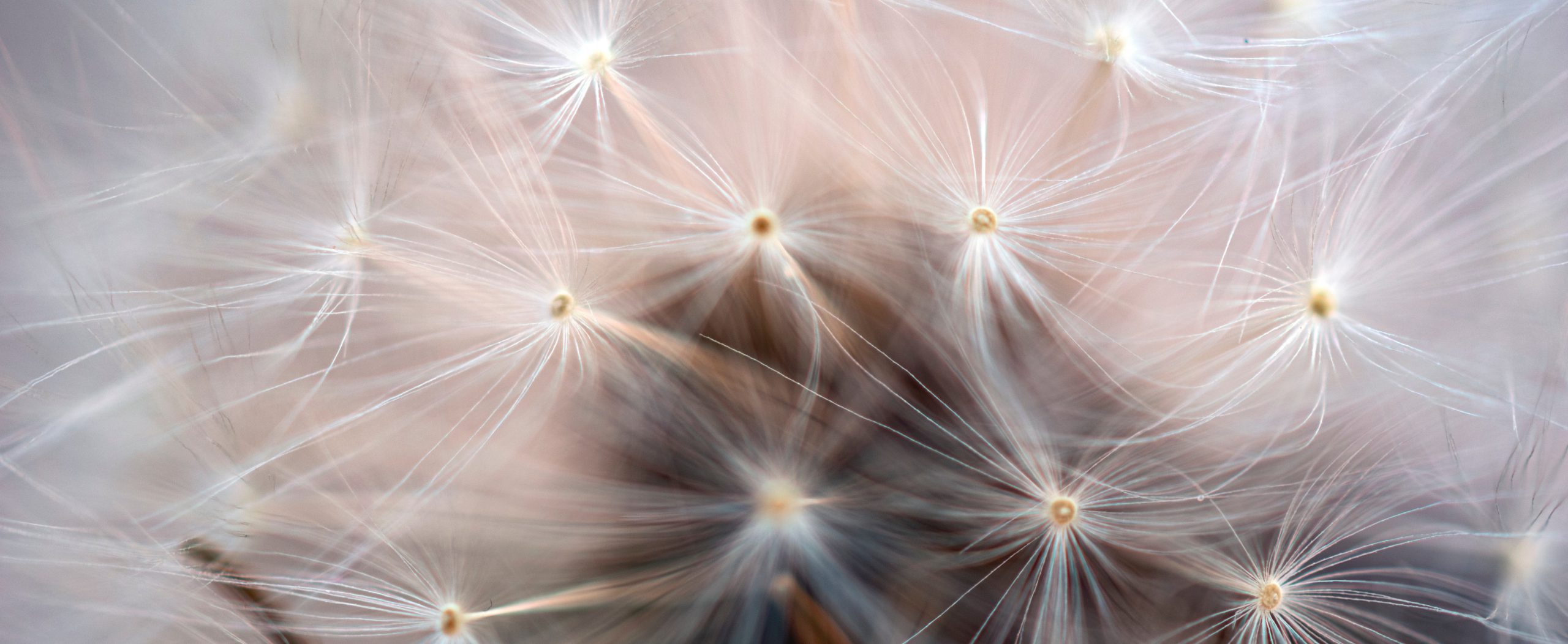This week is Allergy Awareness Week, which every year aims to highlight the millions of people who experience allergic reactions to dust, pollen, animals and foods; as well as raising awareness of ways to manage those allergy symptoms.
This year, the focus is on hay fever, which is sometimes known as Seasonal Allergic Rhinitis.
What is hay fever?
Hay fever is an allergy to pollen. It is usually worse in the spring/summer seasons, starting from around March and lasting until September.
Those who experience hay fever symptoms often find they are worse on days that are hot and windy, as these conditions tend to increase the pollen count. The higher the pollen count the more intense symptoms of hay fever can be.
The NHS lists the following symptoms as being associated with hay fever:
- sneezing and coughing
- a runny or blocked nose
- itchy, red or watery eyes
- itchy throat, mouth, nose and ears
- loss of smell
- pain around your temples and forehead
- headache
- earache
- feeling tired
How many people have hay fever?
In a recent study by Allergy UK, nearly half (49%) of the UK population reported experiencing hay fever symptoms, almost double the amount previously thought. The study also showed that the number of those with hay fever is growing, 37% of those who have developed symptoms in the last five years, had not previously experienced them before.
It’s thought this increase could be linked to rising temperatures in the UK, which could in turn be lengthening the grass pollen season.
https://www.allergyuk.org/about/latest-news/1476-spring-allergy-awareness-week-2021
What are the differences between hay fever and COVID-19 symptoms?
A high fever can be a sign of COVID-19, however it is not normally associated with hay fever. Conversely, an itchy runny nose, sneezing, and itchy, watery eyes are often symptoms of hay fever but less so of COVID-19.
Coughing can be a sign of both, however in those who have COVID-19, the cough is usually new and persistent. It’s unusual for those with hay fever to experience a cough without any other symptoms, but if you are in any doubt then you should book a COVID-19 test to rule this out.
Hay fever often lasts for months, whereas a regular cold or cough is usually gone within a matter of weeks.
Managing allergy symptoms
There is currently no cure for hay fever. Most hay fever symptoms can however be managed by taking antihistamines, which are available over the counter or by prescription. If your symptoms are very severe and you find that you are breathless a lot of the time you should talk to your doctor or healthcare professional.
It’s a good idea to try and narrow down what type of pollen you are allergic to, which is often indicated by the month your symptoms are worst in.
As a rough guide:
- Grass pollen season – mid-May to July
- Tree pollen season – late-March to mid-May
For a full list of seasonal allergens visit: https://www.benadryl.co.uk/understanding-allergies/uk-allergy-calendar
Oak trees are the worst type of tree for hay fever as they produce pollen for the longest amount of time – as many as a quarter of people are allergic to oak pollen. Birch trees and sycamores are also extremely allergenic, especially in urban areas.
The best way to reduce your symptoms is to avoid the pollen you are allergic to as much as possible. Other ideas focus on reducing the amount of pollen that enters the eyes, nose and throat such as putting Vaseline around the entrance to the nose, wearing wrap-around sunglasses and making sure you dry clothes indoors to reduce pollen sticking to them.
Advice is also to stay indoors and keep the windows and doors shut as much as possible.
Allergies in the workplace
Allergy UK again highlighted concerns from hay fever sufferers about managing hay fever symptoms in the workplace.
The survey showed that 46% of workers said that hay fever affects their concentration and a further 35% said it can lower their productivity. A third of sufferers (34%) have reported experiencing embarrassment and anxiety 30% due to their symptoms.
An issue that is becoming an increasing concern as we head into hay fever season, is that opening windows and letting in fresh air, one of the main routes you would use to control infection (especially Covid), can make the symptoms of hay fever much worse.
Similarly, current COVID-19 guidelines state the importance of staying outdoors, yet when the pollen count is high, the advice for allergy sufferers is the opposite.
In an office or workplace this means that you are constantly balancing conflicting needs of the workforce, however there are some things you can do to protect both.
Vacuuming regularly and dusting with a damp cloth will prevent pollen from settling on surfaces and reduce pollen particles in the air.
How SteraSpace air & surface sanitisers can help
SteraSpace air sanitisation units can help to reduce the amount of pollen in offices and places of work. The sanitiser units are most well-known for their ability to eliminate viruses, bacteria, mould and fungi – but they are also capable of eliminating pollen, pollution and smoke.
The continuous flow of plasma emitted from a SteraSpace unit contains superoxide ions that surrounds airborne particles to form clusters. As the cluster becomes heavier, they fall away, removing them from the air which, in turn, significantly reduces allergy symptoms in the workplace.
SteraSpace sanitisers are proven to reduce airborne micro-organisms by 99% and surface micro-organisms by 96%.


